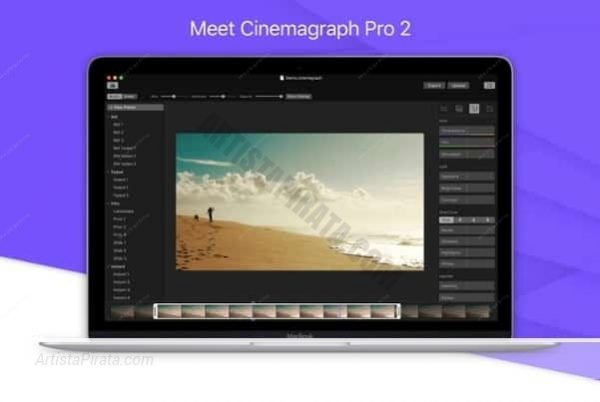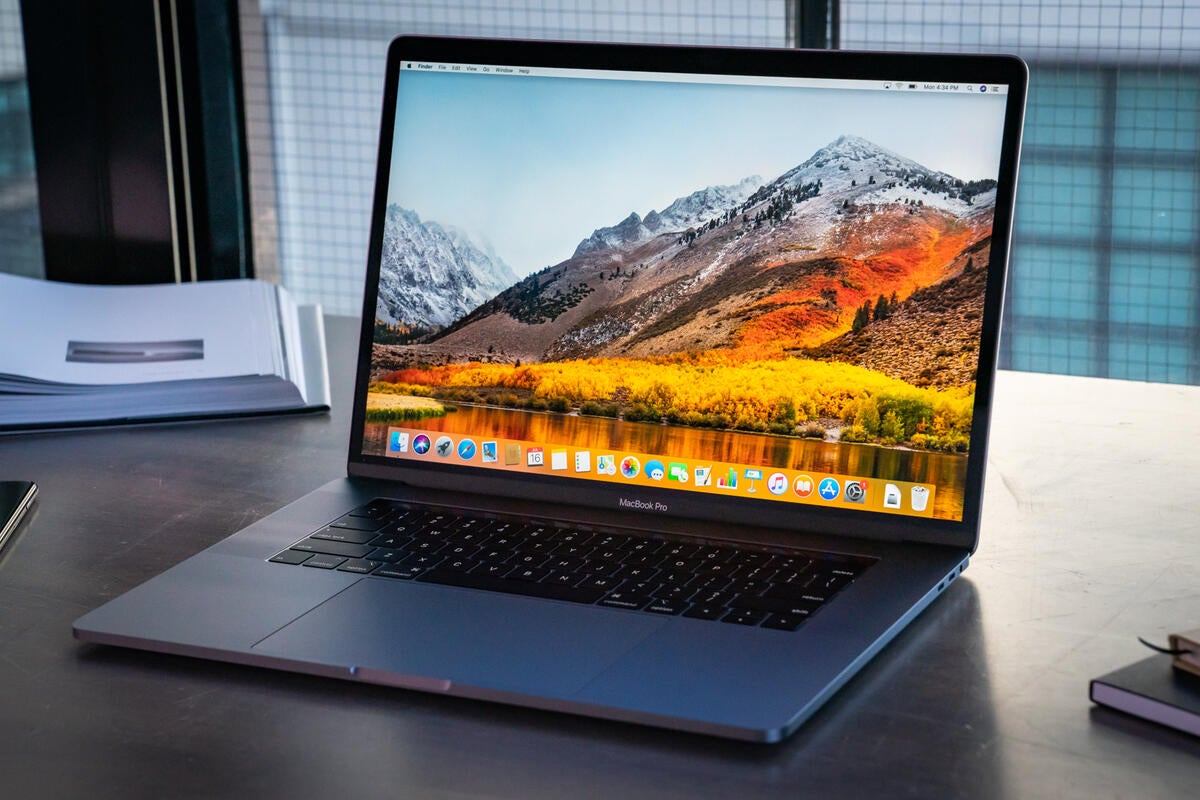
Newer drives will often provide much snappier performance due to larger data buffers, and 7200 rpm drives will provide faster overall performance. These Minis shipped with 5400 rpm 60 GB notebook hard drives, which is not at all practical these days.
Photo theater pro mac os 10.6 upgrade#
As of June 2016, you can upgrade to 2 GB for $15 from Other World Computing, and with Snow Leopard just $20 from Apple, take this Mini as far as it will go with RAM and operating system. You really need 1 GB to get okay performance from OS X 10.4 Tiger or 10.5 Leopard.

If your Early 2006 Mac mini has 512 MB, upgrade immediately.

With a 2 GB memory ceiling, this Mac mini would never run Lion decently, but the first generation Intel Macs run Snow Leopard very nicely with 2 GB of RAM, especially after you’ve replaced the poky Core Solo CPU. Because OS X 10.7 Lion is a 64-bit only operating system, Core Duo Macs do not support it, so OS X 10.6 Snow Leopard is the end of the Mac OS road for the earliest Intel Macs. Using the 32-bit only Core Duo CPUs allowed Apple to introduced Intel-based Macs before the Core 2 Duo, which supports both 32-bit and 64-bit operation, came to market. With a $19 DVI to Video Adapter, you can connect the Mac mini to most modern TVs using S-video or composite video.
Photo theater pro mac os 10.6 windows#
Mac OS X 10.4 and later includes support for remapping the Windows alt and option keys to option and cmd.Īpple offered several Build To Order options, such as 80, 120, or 160 GB hard drives Mighty Mouse and a keyboard, or a wireless Mighty Mouse and keyboard, and a $49 USB modem. Apple says buyers can plug in their favorite USB keyboard and mouse – or buy Apple’s offerings. The Mac mini doesn’t include a keyboard or mouse. On the rear, just enough ports to do everything important. On the front, there’s just a slot-loading optical drive and a power light. The tiny Mac mini (6.5″ square, 2″ high, 2.9 lb.) has a minimalist design. The Intel-based mini has four USB 2.0 ports and no internal modem. The Intel-based Mac mini looks just like the G4-based one from the front, but the rear panel is different. The Intel GMA950 graphics processor uses 80 MB of system memory for the display, so increasing memory beyond 512 MB is a good idea. The 2006 Mac mini was Apple’s first computer to use Intel graphics and the first Mac in a long, long time to use “vampire video” (that’s where the video bites into system memory). All you’re gaining is 20 GB more drive space (a $50 option), the SuperDrive, and a 10% faster CPU. At US$799, it seems somewhat overpriced in comparison to the 1.66 GHz model. The better model has a 1.83 GHz CPU, an 80 GB hard drive, and a dual-layer 8x SuperDrive in addition to all the features of the 1.66 GHz model. Except for using a Combo drive instead of a SuperDrive, this is essentially the same model Apple was selling for US$799.

It retails for US$599, the same price as the 1.5 GHz Core Solo model it replaces. The base version now runs a Core Duo at 1.66 GHz and includes 512 MB of RAM, a 60 GB hard drive, and a Combo drive. Their test results show that in general there is more benefit from having more RAM – even mismatched – than there is from having less RAM that is matched. The Late 2006 Mini has the same 667 MHz memory bus as its predecessor and supports two memory modules for up to 2 GB of RAM. There’s one bank with two memory sockets, so to upgrade RAM, you have to remove the 256 MB modules that came with the computer.Īpple says that memory upgrades should always be done in matched pairs, but Other World Computing has discovered that you can use “mismatched” memory in the Mac mini (and some other Intel-based Macs where Apple specifies that upgrades should only be done with matched pairs). Oddly, these are the only second-generation Intel Macs not to use Core 2 Duo CPUs, something we’ve never understood. With the September 2006 revision, both models have Core Duo processors. Kudos to Apple for abandoning the Intel Core Solo used in the original entry-level Intel Mac mini.


 0 kommentar(er)
0 kommentar(er)
